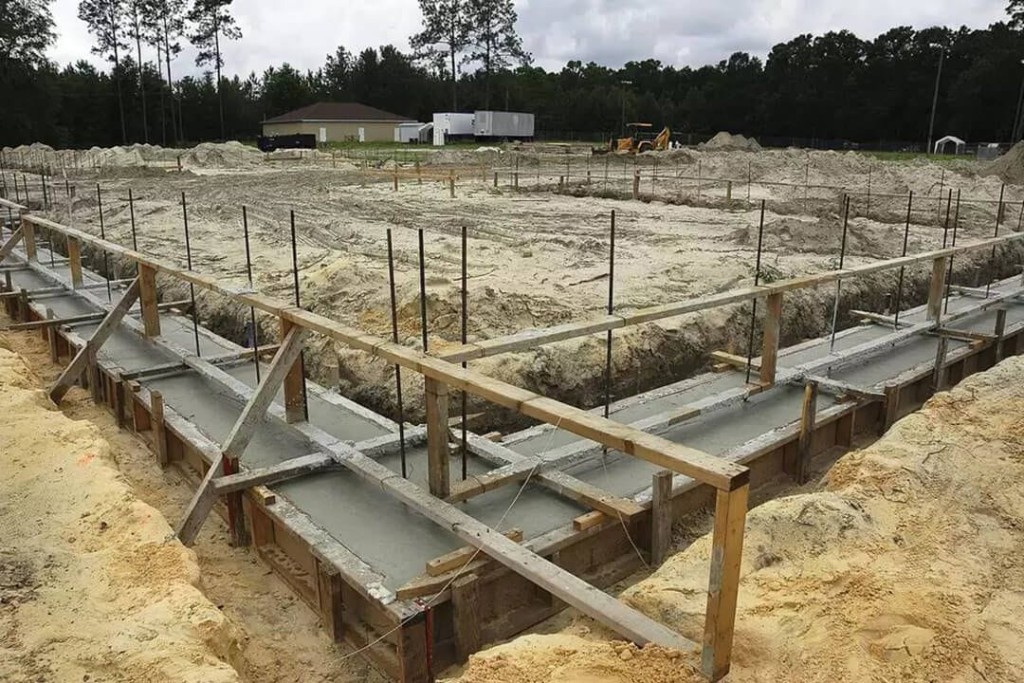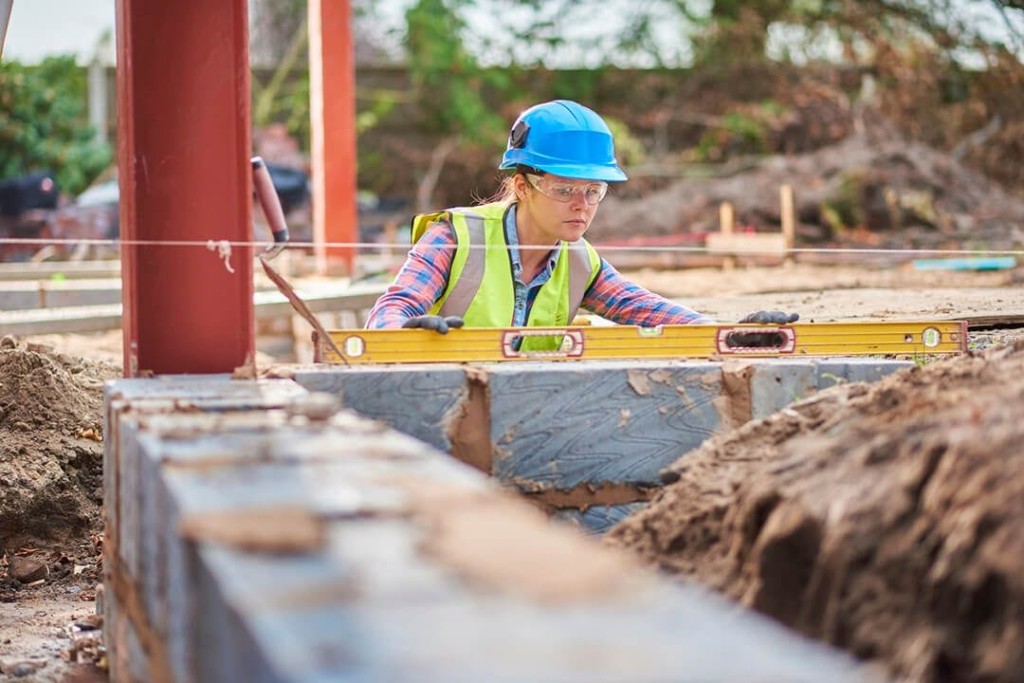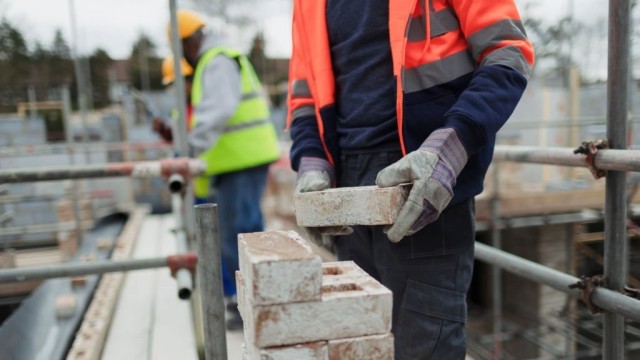Read next
The latest news, updates and expert views for ambitious, high-achieving and purpose-driven homeowners and property entrepreneurs.


You’ve bought a piece of land that came with permission to build a house on it.
Or you have planning approval for an extension, but money has been tighter than you thought when you made the application.
So, you’re wondering: how long does planning permission last?
Is there anything you can do to stop it from expiring before you’re ready to start building?
How can you keep your planning permission alive?
And, if it has run out, does that mean you have to go through the whole process all over again?
In this post, we’re going to answer these key questions to help you work out what you should do next.

Normally, planning permission is valid for three years from the time the local planning authority grants it.
There are exceptions but they are rare and, if your case is one of them, it should say so clearly in your letter of approval.
So, let’s assume there is nothing unusual about your site. This would mean that if you have full planning permission, you have three years in which to start construction work.
And if you have outline planning permission, you have three years to seek planning permission for your reserved matters. Which raises another question…

If you made the application, you will know which type of permission you have. But if you bought land or a building with planning permission in place, you might not.
As its name suggests, full planning permission covers everything concerned with a project.
Once you’ve made sure you’re complying with all conditions from the local planning authority’s approval letter (and you have building regulations approval), you are ready to start building.
Outline planning permission is mostly used for bigger projects. You’re essentially asking the local authority to agree to the overall idea of the scheme, and then – when you are ready – you put in separate applications covering the details (“reserved matters”).
In either case, you have three years during which you take action to keep your planning permission alive.
So, what do you need to do?

Back in the day, planning permission had no time limit. But in the 1960s, local authorities decided that too many landowners were getting permission and failing to build, so in 1968 the government brought in a five-year cut-off.
In 2009, this was reduced to the current three years.
The point of the legislation, then, is to make sure if you have planning permission, you actually use it. So if you have outline permission, you need to decide on your details and get your applications in for approval before the three years run out.
Then, after the approval of the last reserved matter, you have another two years in which to begin construction.
And if you have full planning permission, you need to make a start on the building works within the three years. Which sounds simple, but what if you’re not ready to begin construction?

This is where things get less straightforward.
You might think that at this point you have to start work and keep going until you finish. But that’s not quite how things work. In many cases, if you make some kind of clearly visible first action, you can keep your approval alive without beginning the main construction phase.
This is a complex area that has been tested in numerous court cases, so we can’t guarantee a one-size-fits-all solution that will always work. However, we can offer some practical suggestions that may help extend the life of your planning permission beyond the standard three-year period.
These are the actions – ‘material operations’ – listed in the amended version of the Town And Country Planning Act 1990 that demonstrate the beginning of work (often referred to as ‘commencement of development’) on a site:
As you can see, in a lot of cases you can meet these conditions without committing yourself to hiring a full construction crew.
‘Digging a trench which is to contain […] part of the foundations’, for instance, is a popular move that local authorities often will accept as evidence construction is underway.
But, what does this mean for your project?
It's crucial that all pre-commencement planning conditions specified in your planning permission are comprehensively addressed and officially discharged before any work begins.
Most planning conditions can be discharged once your tender and construction drawings are ready. This stage — known as RIBA Stage 5 — is crucial for submitting your building regulations drawings as part of your Building Control application. It also allows contractors to provide accurate quotes and begin construction.
Additionally, if the construction is likely to affect adjoining properties, it is essential to have Party Wall awards in place. The awards specifically set out the rights and obligations of each owner, detailing the work that can be conducted, the manner in which it must be undertaken, and measures for preventing or resolving any damage to adjoining properties.

Let’s start with some good news: you don’t need to worry about your personal intentions. Whether you’re genuinely ready to begin construction or simply doing the minimum to stop your planning permission from expiring, it doesn’t matter. The courts have made it clear that your motives are irrelevant.
However, there are two important things to get right when it comes to those initial works:
1. Location is critical.
Any work you do - like digging a trench for foundations - must be in exactly the same location as shown in your approved planning drawings. It’s not enough to just start somewhere on the site; it has to match the plan.
2. You must do enough work.
Your start can’t be token or superficial. It needs to be substantial enough to show that development has genuinely begun. This is where things can get tricky, because what counts as “enough” is subjective. Ultimately, it could be up to a council officer - or even a judge - to decide whether your efforts meet the threshold.

At one point, the answer to ‘how long does planning permission last?’ was ‘three years, and then you can apply for renewal’.
However, in 2013, the government removed the option to simply pay a fee and have your planning permission extended, an approach that was previously allowed as long as there had been no significant changes to your site or local planning policies.
Today, you have two options: stop your permission from expiring, which we discussed above, or put in a new application.
However, a legislation update made in October 2023 means councils now have greater authority to refuse planning applications by those who were formerly granted planning permission, but who let their permission lapse by not commencing works within the required three year period. This is definitely something to keep in mind if you are submitting a new application.
To make things even more interesting, there is also a third option.
If your planning permission is nearing expiry and construction has not commenced, you can apply for a replacement planning permission. This can be made under Section 73 of the Town and Country Planning Act 1990, allowing for the variation or removal of conditions associated with the original permission without fundamentally changing the nature of the development.
It's important to note that this is not a renewal of the original permission but rather a new approval, which also needs to be acted upon within a specific period. This option is particularly useful when minor modifications are needed, or conditions are no longer relevant or achievable.

Is reapplying for planning permission different to applying originally? Yes and no.
The official line is that even though you got approval, say, five years ago, your new application is treated just the same way as any other application. Whether that's really the case may depend on the size of your application. If you are extending your home, then the fact that you haven't built it yet is not a practical problem for your council.
On the other hand, if you have permission to build 20 flats and haven't done so, that will start to affect the housing supply.
Many councils - especially in London - are worried about "land banking" - the idea that firms are hoarding developable land until the moment it reaches its peak value rather than building on it.
Keeping planning permission alive can be a part of this. That's why some councils reserve the right not to even assess a planning application that's unchanged from one that has just expired.
But if you are making modest additions to your house, and you’re not thinking of making any changes, then you will have all the drawings plus surveys and other additional information already done. And, although having been granted permission before is absolutely no guarantee of getting it again, it sets a useful precedent – at least as long as nothing major has changed.
So before you apply again for expired planning permission, check whether the LPA has changed its policies, and have a look at how similar recent applications have fared.
If the planning officers are now rejecting applications like yours or if the council has decided it no longer wants to encourage a certain kind of development, then you need to consult a planner and hire an architect to adjust your plans to the current conditions (or find a firm that does both).
Again, the size and type of your project could be a factor here: you are probably less likely to run into a shift in the council's approach if you’re building an extension or conversion than if you are proposing 10 houses.
But in all cases, do your homework – or hire people who know what they are doing to do it for you when reapplying for expired planning permission.
What we’ve provided here is a broad overview of a subject that can quickly become complex.
While planning procedures are guided by national legislation and policy, each local authority interprets and applies them in its own way.
That means that although we can tell you how long planning permission typically lasts, we can’t say for certain how your local authority will judge whether you’ve genuinely started work - or how likely they are to approve a new application if your permission has expired or is close to expiring.
To get clear, reliable answers, you’ll need to discuss the specifics of your situation with an experienced planning professional.
Urbanist Architecture is a London-based RIBA chartered architecture and planning practice.
With a dedicated focus in proven design and planning strategies, and expertise in residential extensions, conversions and new build homes, we help homeowners, landowners and developers achieve ROI-focused results.
If you like us to help you with rethinking your existing project or putting in a new application for planning permission, please don’t hesitate to get in touch.

Nicole I. Guler BA(Hons), MSc, MRTPI is a chartered town planner and director who leads our planning team. She specialises in complex projects — from listed buildings to urban sites and Green Belt plots — and has a strong track record of success at planning appeals.
We look forward to learning how we can help you. Simply fill in the form below and someone on our team will respond to you at the earliest opportunity.
The latest news, updates and expert views for ambitious, high-achieving and purpose-driven homeowners and property entrepreneurs.
The latest news, updates and expert views for ambitious, high-achieving and purpose-driven homeowners and property entrepreneurs.










We specialise in crafting creative design and planning strategies to unlock the hidden potential of developments, secure planning permission and deliver imaginative projects on tricky sites
Write us a message